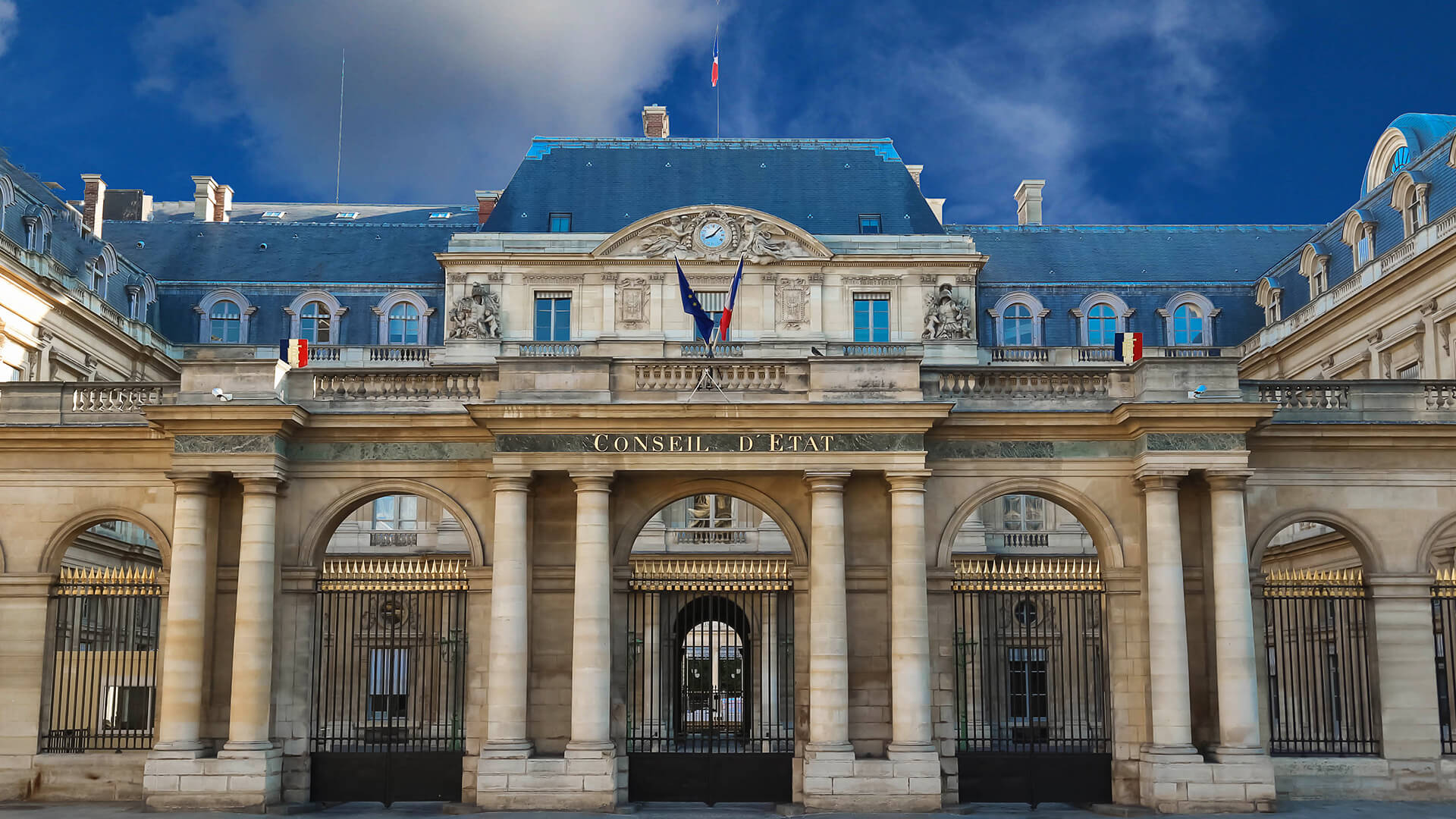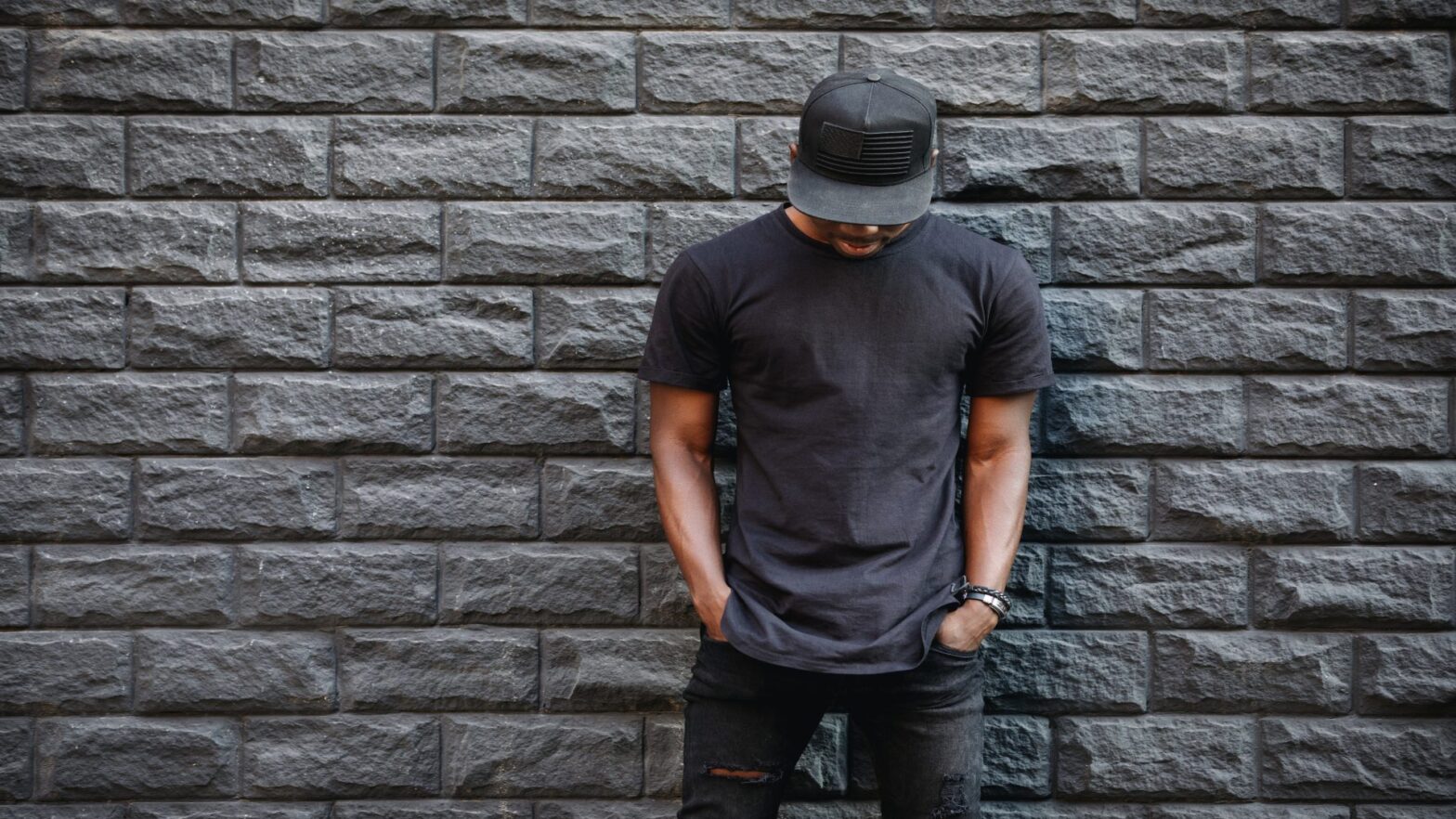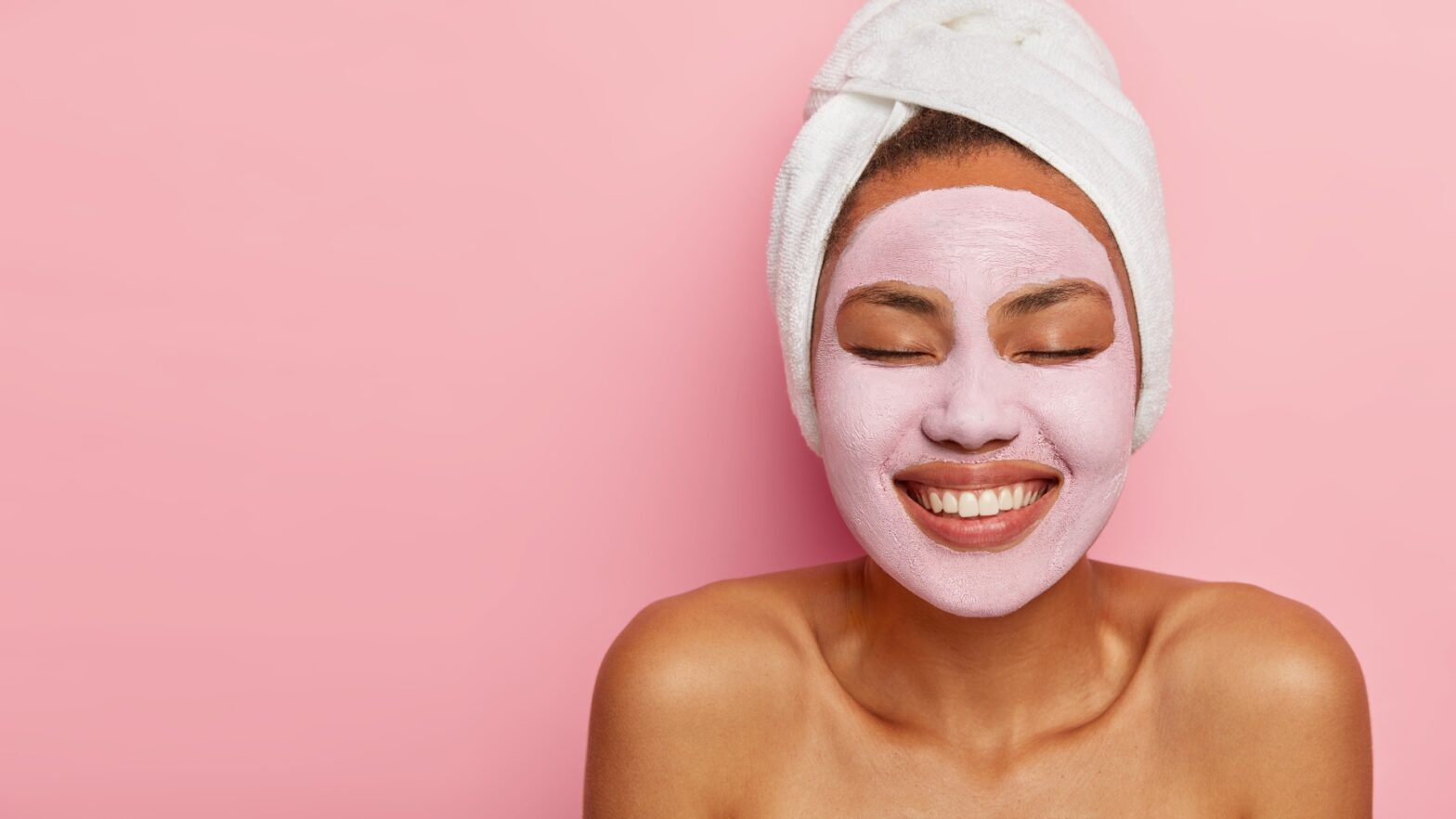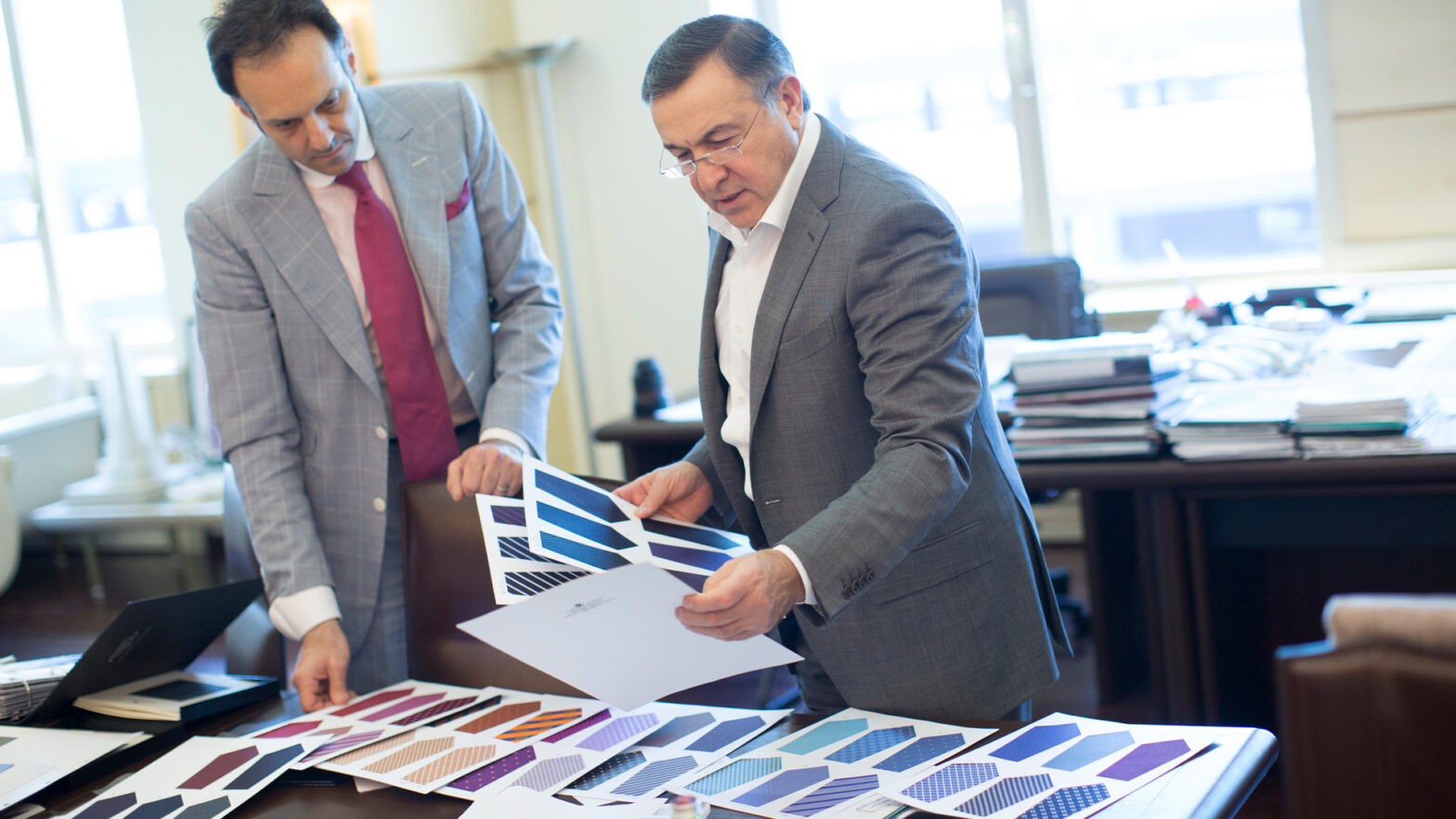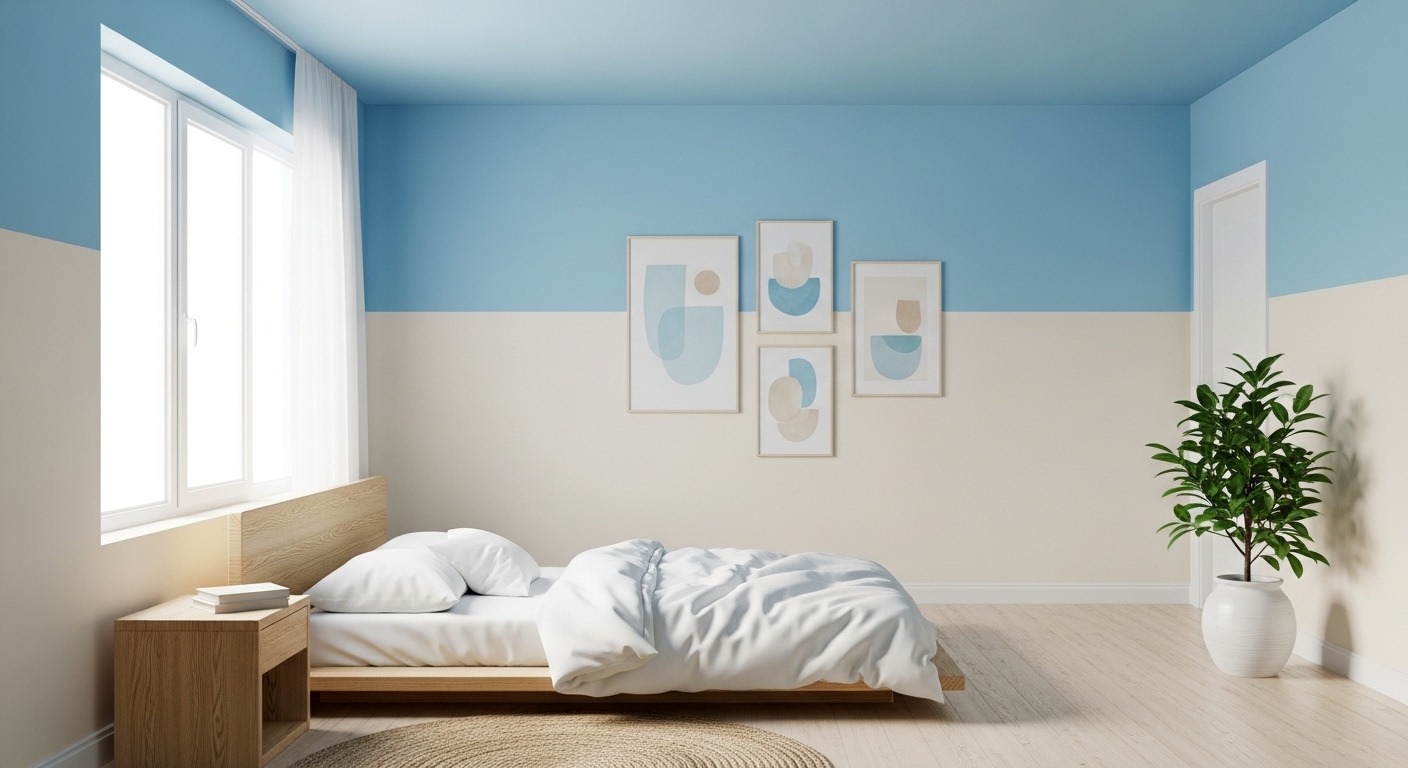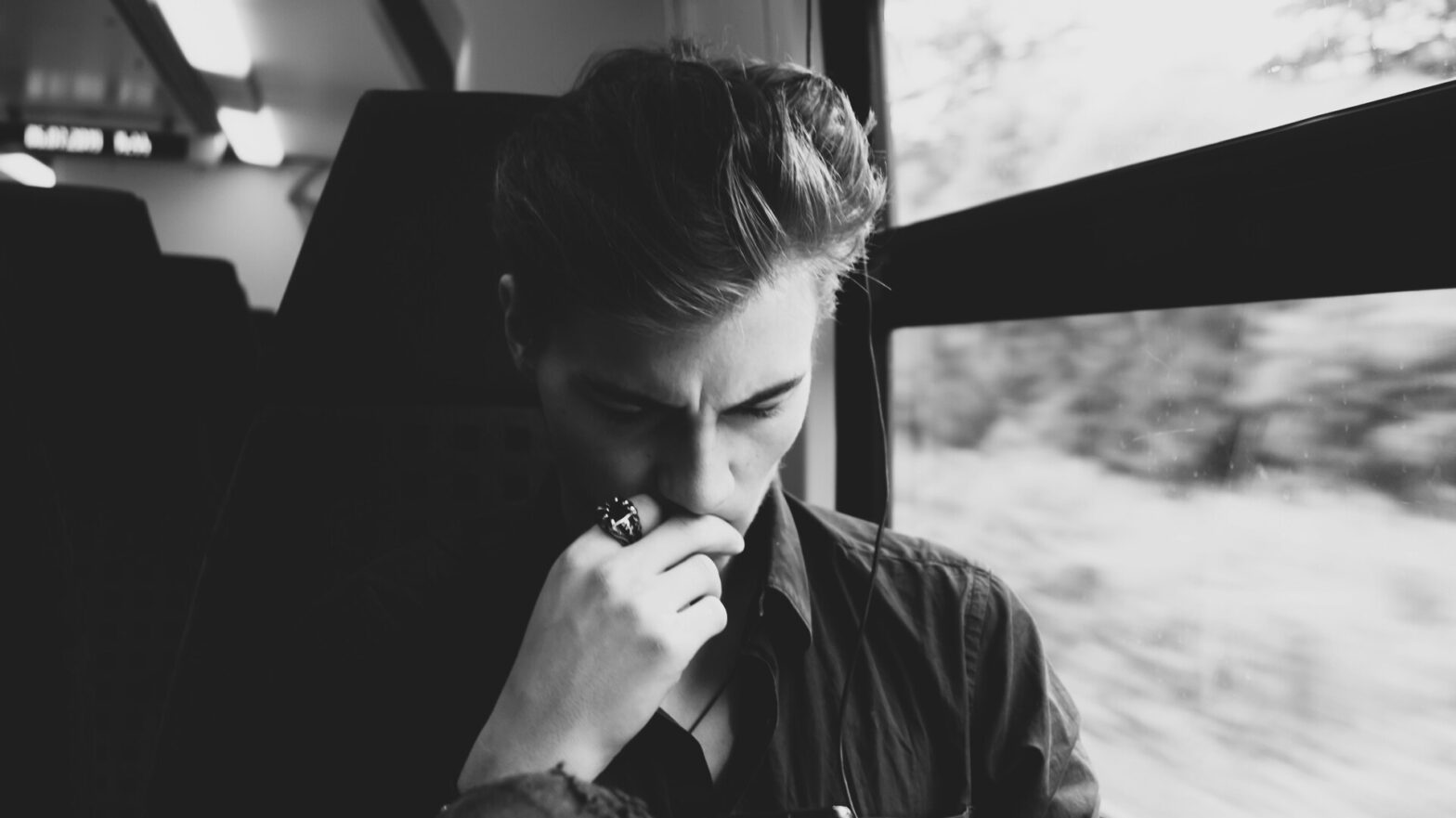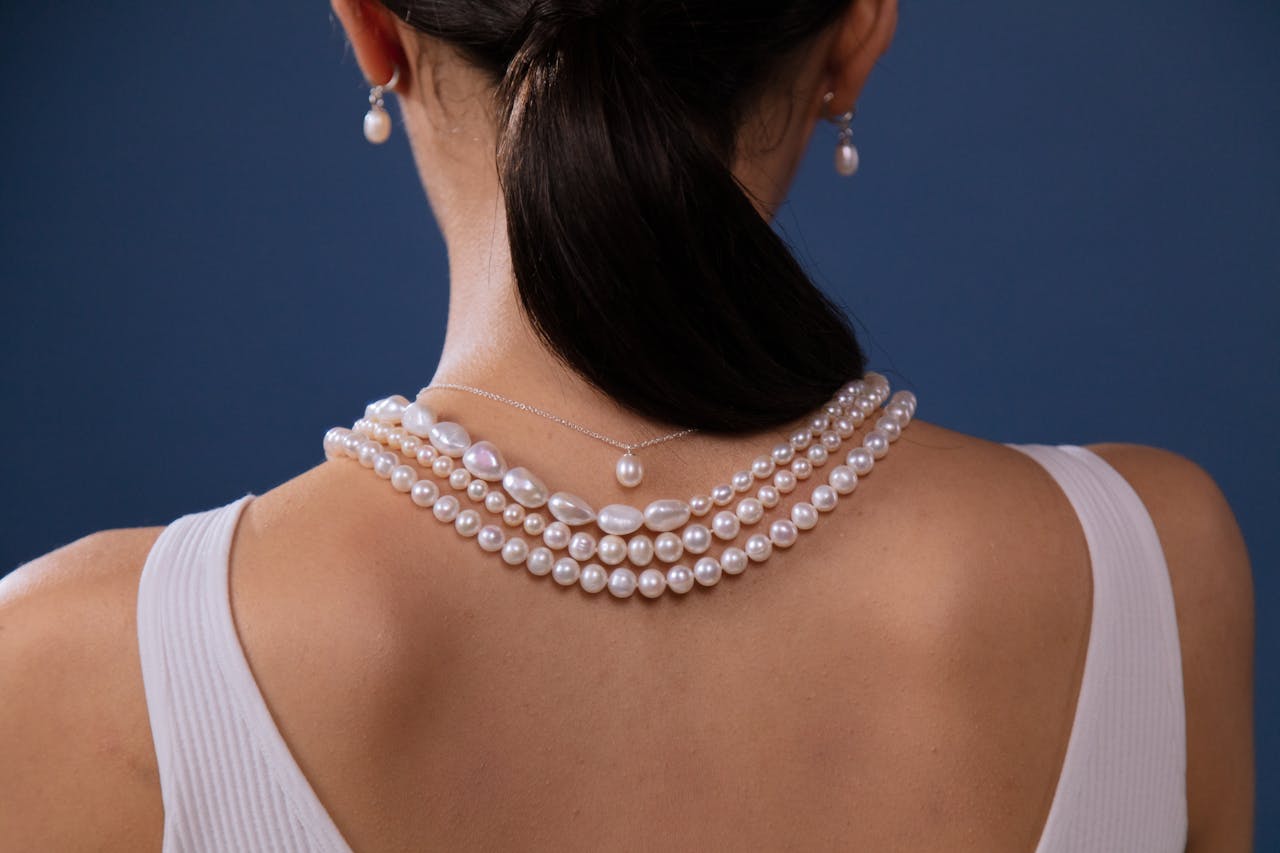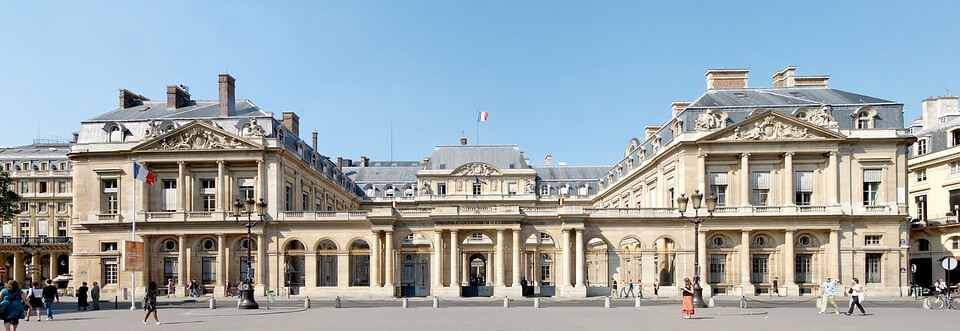
France has always been the epicentre of fashion and opulence. From today’s brands such as Louis Vuitton and Chanel to those from yesteryear, France has always led the way when it comes to style. While there’s no doubt Paris and its surrounding cities are still trendsetters, the country’s designers were really at their best between the 17th and 18th centuries. With French kings wanting extreme opulence, the Baroque style became common across the country’s most iconic buildings. One of the most impressive examples of this trend was the Palais-Royal. Designed by Jacques Lemercier for Cardinal Richelieu in 1629, the building was initially called Palais-Cardinal when construction started in 1639. However, after Richelieu’s death in 1642, it became the property of King Louis XIII and, subsequently, renamed the Palais-Royal.
More than a Home
Known for its lavish décor, the palace was home to French royalty throughout the 17th and 18th centuries. However, it was also a popular retreat for visiting nobility. While today’s travellers seeking a luxury winter break will opt for the elegance of Vienna or the sunshine of Barbados, 17th-century jet-setters would head to the Palais-Royal. However, as is often the case with lavish properties, mounting costs meant it was forced to evolve over the years. In order to keep the lights on, wings were constructed to house everything from paintings and shops to gaming rooms. Indeed, in 1692, Louis XIV commissioned Jules Hardouin-Mansart to design a new gallery for his Orleans Collection of paintings. Costing 400,000 livres (the currency used in France at the time), the gallery was not only a tribute to the marriage of the duc de Chartres to Françoise Marie de Bourbon but a public attraction.
In fact, this was one of the first times the palace had been opened up to the public. This change of purpose signalled a major shift both in the Palais-Royal’s design and status. By the middle of the 18th-century, shopping arcades lined various sections of the building, making it the hub of Parisian social life. From here, gaming also became popular. The origins of roulette by Betway tells us that early versions of roulette where played inside the Palais-Royal. Although slightly different from the wheel players will see in modern live or online casinos, Jaques Lablee’s novel La Roulette describes it as being a mixture of the English wheel game and Georgian favourites such as Roly-Poly. As art, shopping and gaming brought members of the public closer to the style of French nobility, trends started to spread across the country. Although the hoi polloi were ill-equipped to copy the Baroque style exactly, certain elements did filter into the mainstream.
A Lasting Impression on Fashion and Beyond
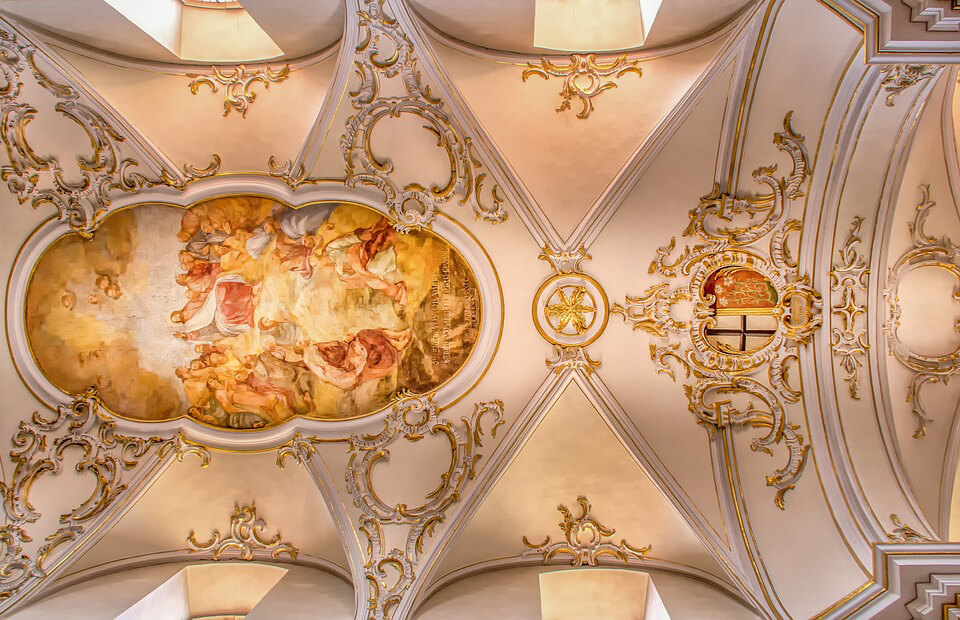
This is as true today as it was back then. In 2009, Baroque made a comeback with interior designers. While leading interior designers such as Collins Interiors use Feng Shui principles and using space to create serenity, those with a penchant for the lavish are harking back to Baroque. Home store Graham & Green has embraced the style with a series of picture frame bookshelves boasting a Baroque design. The same can be said of Heal’s. Working alongside Michael Reeves, Heal’s created the Louis range as a nod to the unashamedly ostentatious styling of the Baroque period. What’s even more interesting about the Palais-Royal is that its influence has spread beyond the fashion world.
For anyone wanting to get something back when they spend money on the latest fashion trends, there is now a Palais-Royal credit card. Although it doesn’t have a direct association with the historic building, it is linked to a chain of clothing shops. Therefore, even by association, the Palais-Royal is still influencing today’s fashion choices. In fact, it’s this that makes the Palais-Royal such a significant part of European culture. From an architectural perspective, there’s no doubt it was an impressive building. However, you could visit the slightly less opulent North Cadbury Curt in Somerset and see a building fit for 50 guests. The real reason people still talk about the Palais-Royal is its cultural influence. Once it opened its doors to the public, it became a part of French and, subsequently, European life. By taking the lead in terms of art, shopping, gaming and more, the building influenced creative types across the continent. This has had a lasting impression and, in turn, made the Palais-Royal much more than a lavish royal residence.








